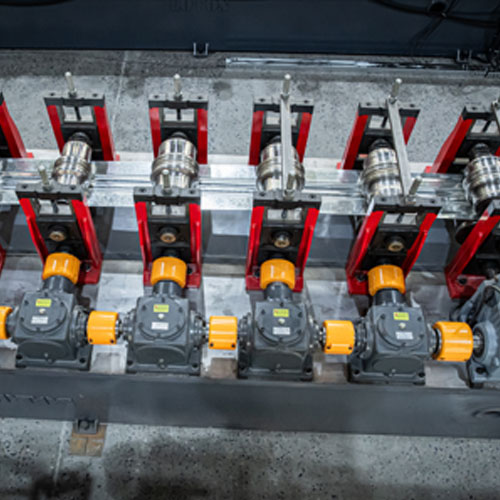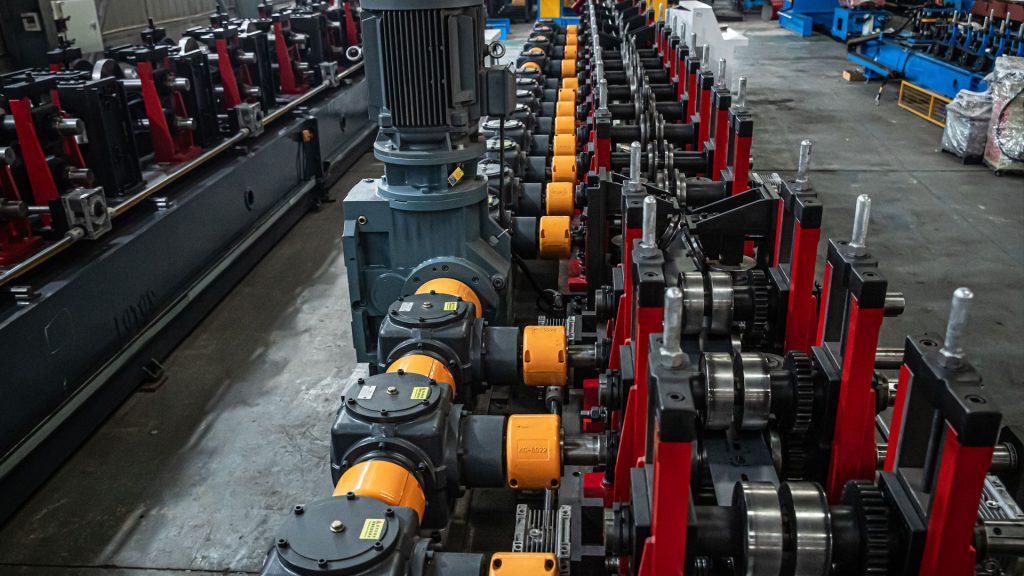LOTOSFORMING guides and explains many of the common issues encountered in the roll forming process and roll forming operation manual, all factors that contribute to possible problems such as material, design, and manufacture.
Read More





